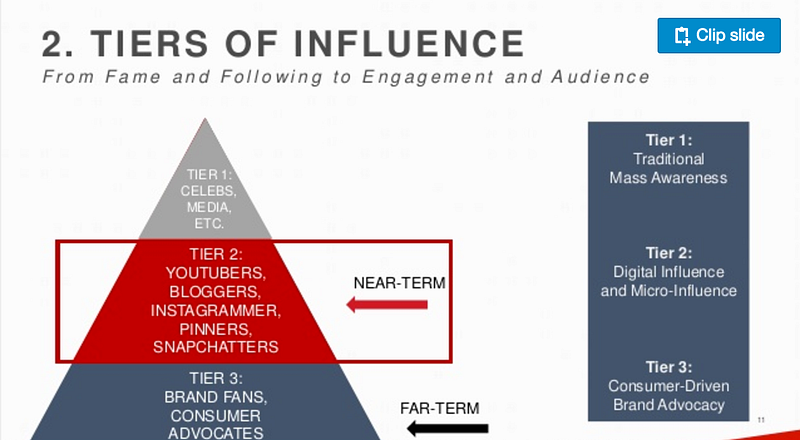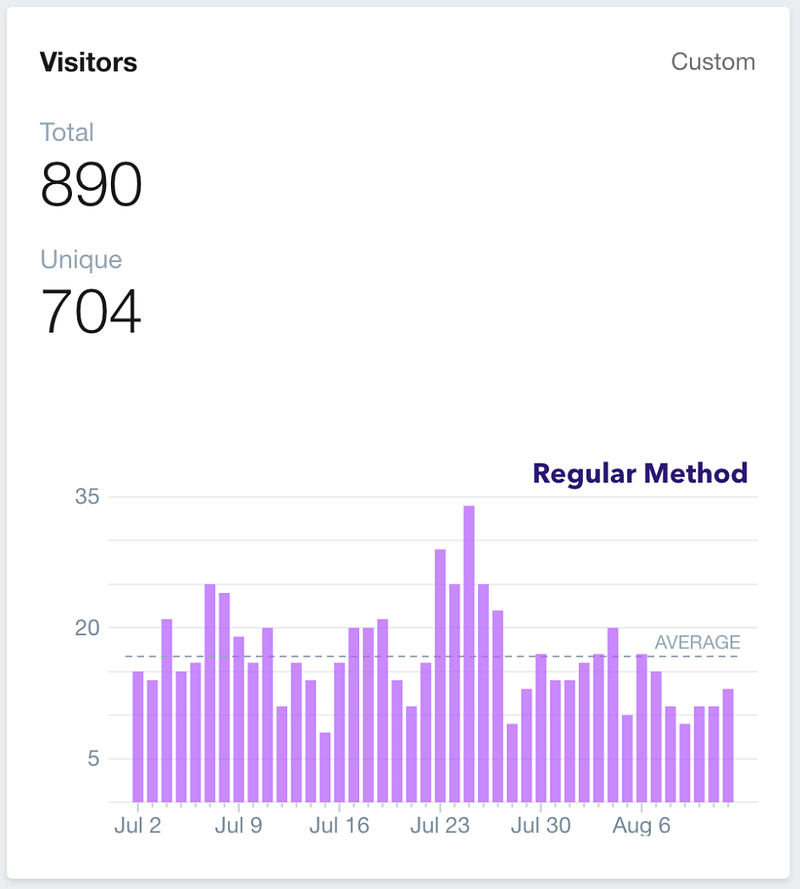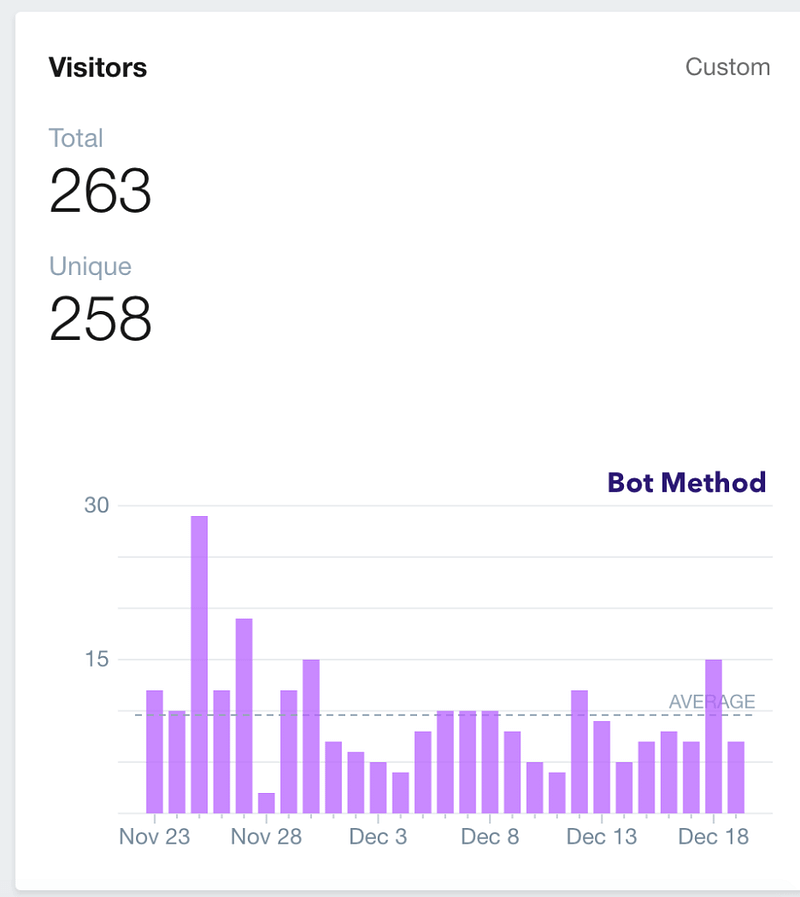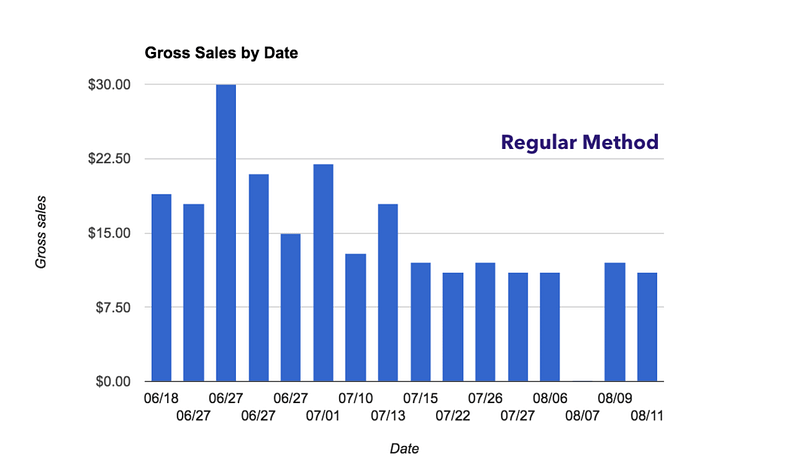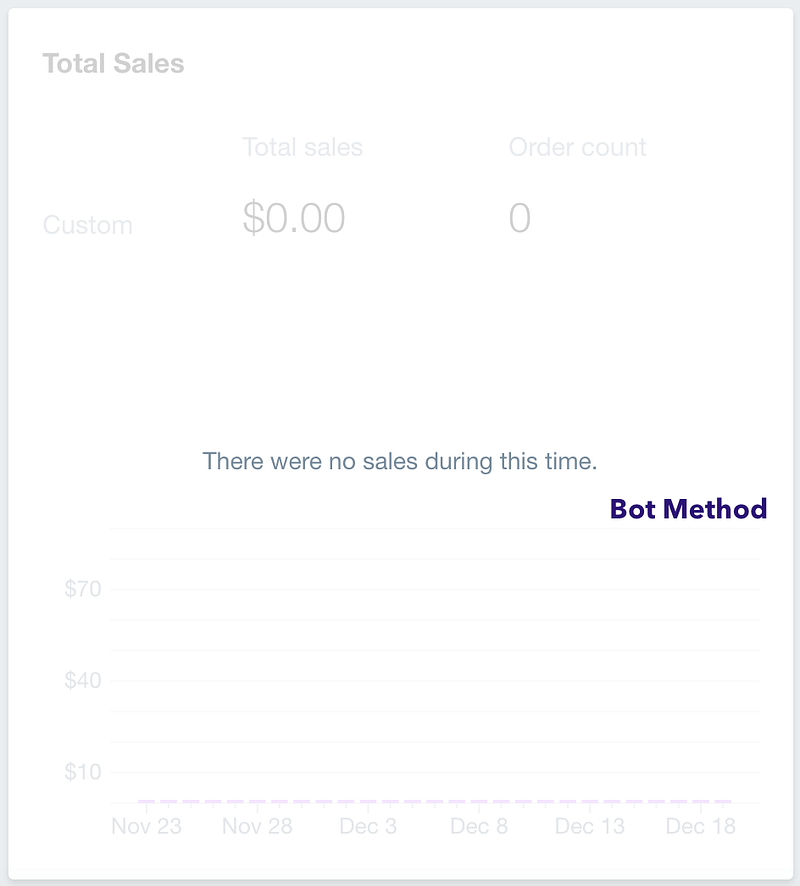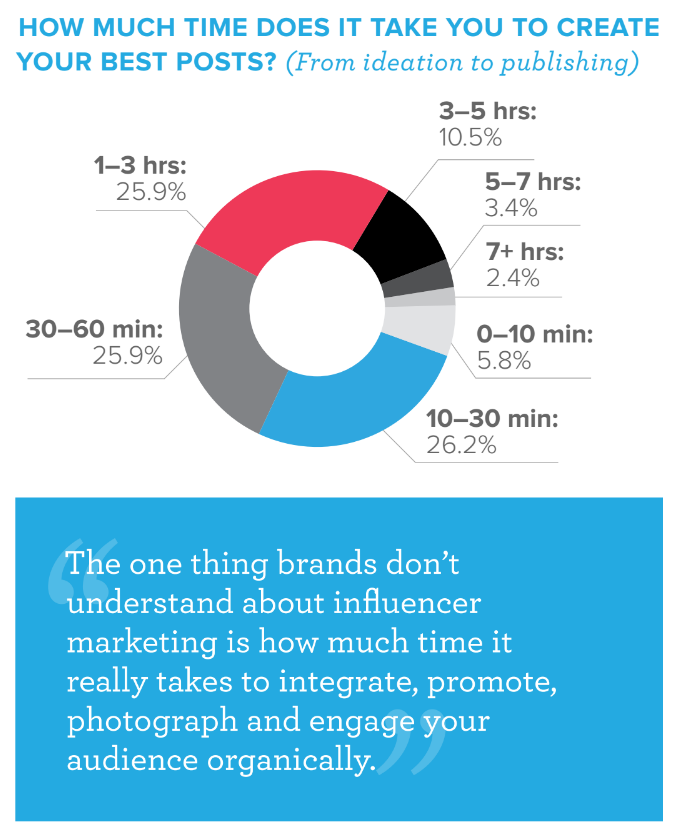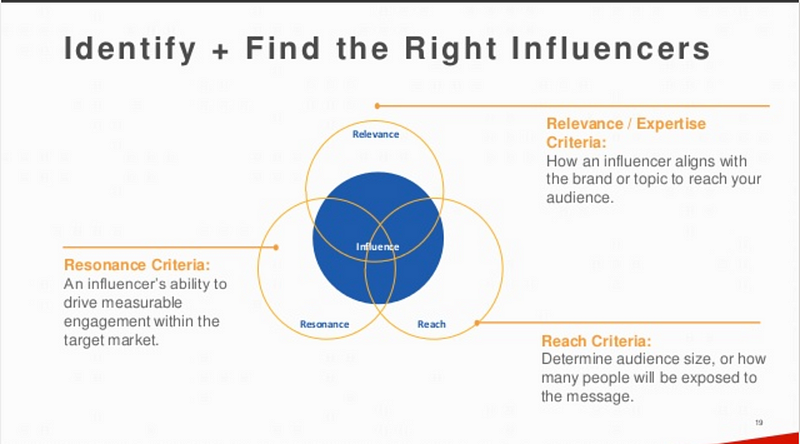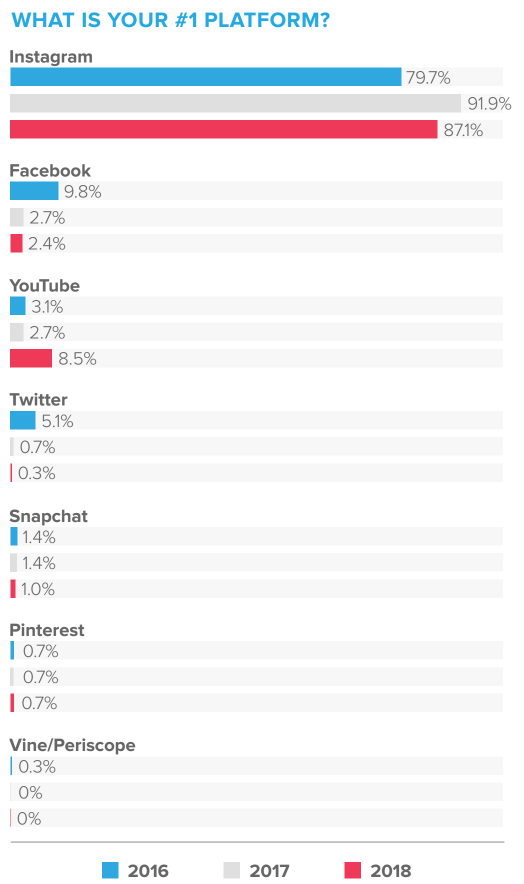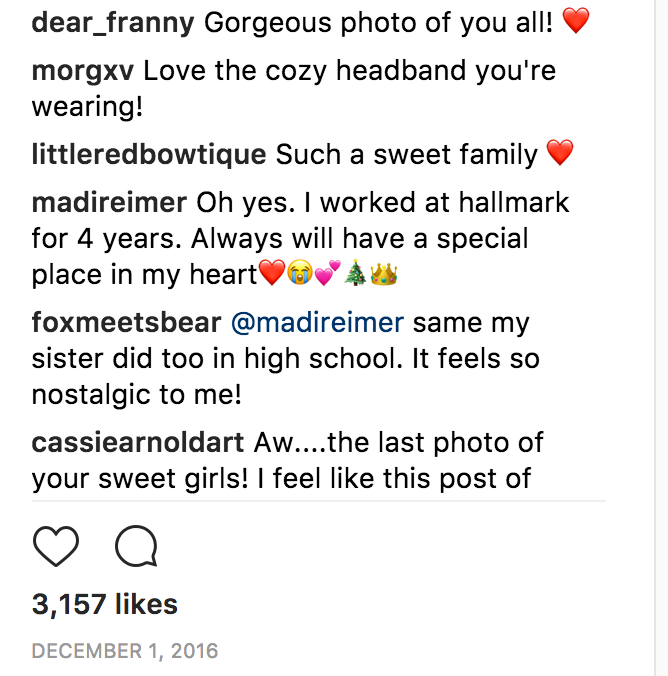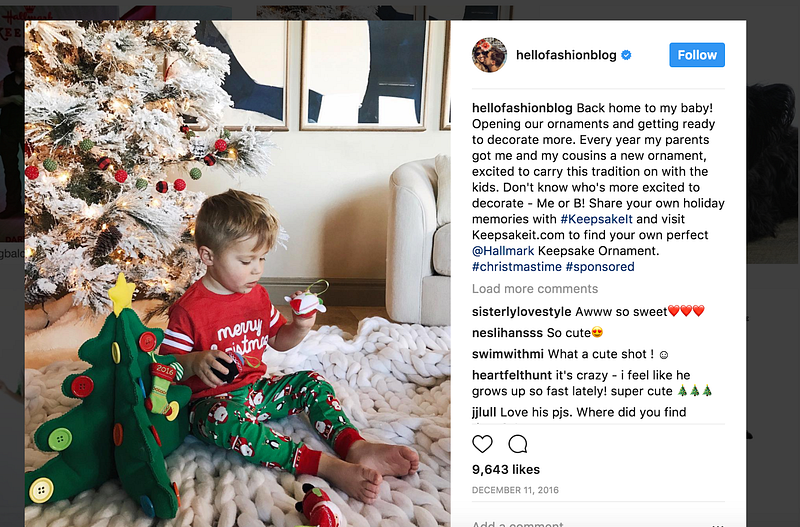When most people hear influencer marketing, they think of something like Fyre Festival.
In other words, bikini-clad young people on Instagram whose only accomplishment is being a bikini-clad young person on Instagram with hundreds of thousands of followers.
Which brings up the question, what is and is not influencer marketing?
What Influencer Marketing Is Not
1. Influencer marketing is not getting celebrity endorsements.
Influencer marketing really comes down to leveraging a user, writer, or not-quite public figure who has a highly engaged audience. Influencer marketing is not the same thing as celebrity endorsements. Celebrity endorsements revolve around attaching a specific person’s name to a brand and working off of that (Fyre Festival did this, too, with the Kardashians/Jenners).
Influencer marketing focuses more on taking a highly engaged audience from an individual and leveraging that engagement into your product or brand. Influencer marketing lets you sidestep the process of building rapport and trust with potential users by taking the trust and rapport that the influencer already has.
A celebrity endorsement takes a celebrity, puts your product in their hands, and gets them to say that they like it. These campaigns do not have guaranteed returns and they may not drive any new engagement. You rely on the followers of the celebrity caring enough about your product to then go out of their way to find it once you get the endorsement.
Take PayPal’s hamfisted attempt at a celebrity endorsement as a warning about celebrity endorsements. The digital payments company originally launched a product that would allow people to beam money between PalmPilot devices (those were early, clunky smartphone-like devices, for those who do not remember). Being a company run by nerds, they wanted a celebrity endorsement from somebody from Star Trek. Being a company run by engineering nerds, they chose to get Scotty the engineer instead of Captain Kirk. The endorsement flopped and ended up being a total waste of money.
2. Influencer marketing is not merely product placement or sponsored content.
Some years ago, influencer marketing was simply paying somebody with engaged followers to pose with your product and say how much they like it. Most influencers are themselves content creators, so if they post on their page or their blog something that is very obviously sponsored content (i.e., content that is not in their voice) or product placement (i.e., content without voice) then followers will know that it is inauthentic and are less likely to engage with it.
Effective influencer marketing captures the voice of the influencer and leverages this to an authentic message to the core audience. Doing this well requires that you choose the right influencers.
3. Influencer marketing is not buying Instagram followers.
There are a lot of people who will call themselves influencers on social media (especially Twitter and Instagram), but to know whether or not somebody really qualifies as an influencer requires you to corroborate the quality of their followers. Both Twitter and Instagram allow users to easily purchase users or attract bot accounts that help boost follower numbers.
There’s a cottage industry of Instagram “influencers” who have purchased followers who are bots and then charge companies for influencer marketing. These fake influencers give real influencers a bad name and increase the difficulty in finding quality Instagram influencers.
For those tempted to either buy their own followers or pay an influencer whose followers have not been verified, AdEspresso ran a worthwhile experiment on the quality of real users versus bots.
Across the board, the results were not promising for fake influencers.
Real users outperformed bots on every metric. The results were especially damning on visitors and sales, the metrics that actually matter for a company purchasing influencer marketing.
The lesson is clear: beware of fake influencers. Vet the influencer’s account before you pour money into sponsoring content with them. You may be better off spending the extra time and money organically growing your own following.
4. Influencer marketing is not brand advocacy
A brand advocate is an existing user of your product who loves your product. This is a superfan who will go out their way to tell their friends about your product by posting on social media and sharing around how much they enjoy your product. A brand advocate could even be somebody employed by your company or a brand evangelist on your payroll. This person has a track record with your company and is already an engaged user. An influencer is not already engaged and you are paying them to become engaged and endorse your product.
What Influencer Marketing IS
Influencer marketing revolves around one word: authenticity.
Consumers know what inauthentic marketing looks like. The rise of ad blocker, YouTube bots, and fake news is a testament to this desire to find authenticity in a world that consumers sense reeks of inauthenticity. Influencer marketing is like getting a referral from a friend whom you know and respect and whom you know has your best interests at heart.
Influencer marketing is authentically taking the voice of an influencer, giving your product an endorsement in that voice, and driving real, substantive engagement from followers.
Let’s break that down.
“Endorsement in [the influencer’s] voice”: An effective influencer has a voice that his or her followers know and appreciate. Hamfisted attempts at influencer marketing do not take this voice into account and end up looking more like an advertisement than they intend. You want to give the influencer fodder to work with but not so much that their voice is restricted. High-performing content should be done in the influencer’s voice and you should expect to pay for the time that goes into crafting a high quality post. While most high quality posts are crafted in under 30 minutes, it’s not unusual for a post to take up to an hour.
“Driving real…engagement”: It’s one thing to post about a product or service and another to actually get engagement from people. Likes and comments are good indicators of engagement but the quality of these likes (i.e., are the people actually clicking through or going to your site?) and comments (i.e., do the comments actually have to do with the post or are they just generic comments saying how great the thing is?) matter. Fake likes and comments from bots will drive away real followers who will see that your influencer’s posts are not actually real. Most platforms depend on network effects, showing users what their friends have liked, and given that bots rarely have many friends, you pay more for fewer network effects.
“Driving…substantive engagement”: Even if your post is getting engagement from real people, that does not mean it is getting substantive engagement from real people. Set up some kind of tracking mechanism to see that followers of the influencer are actually clicking to your site and buying your product. If you are sponsoring a blogger, see if they’d be willing to install a tracking pixel. Set up your own landing page for the influencer. A simple page they can direct followers to, like Wealthfront’s landing page for the Tim Ferriss Show, lets you tack your product onto the rapport the influencer has built with followers while simultaneously tracking quality engagement.
How to Choose an Influencer
In a space with so much misinformation, choosing the right influencer matters. You want to narrow influencers down with three primary criteria:
Reach: How many people follow this influencer? Is this a micro-influencer with less than 30,000 followers or a big name, like Tim Ferriss, with millions of devoted followers?
Resonance (Quality): How likely are followers to take the influencer up on his or her advice and go looking for a product he or she mentions? How likely are they to buy with little investigation of their own?
Relevance: How related is the influencer’s realm of influence to what you do? If you are a clothing company, you probably don’t want an influencer who is big in the video game space (unless you make clothing for video gamers).
The easiest place to start is by relevance. Choose the channel you want to use (i.e., Instagram, Medium, YouTube) and then search for users by relevance related to your product. If you are a fashion company, search for users in the fashion, clothing, and design categories.
Once you’ve collected a handful of potential influencers, narrow the list down based on reach (i.e., your budget). You’ll pay different rates for different platforms, but a rough estimate should look like $1,000 per 100,000 followers on Instagram and YouTube. On blogging platforms like Medium expect to pay up to $10,000 per 100,000 followers (due to the higher level of resonance and evergreen content for blogging versus Instagram or YouTube).
Now take the time to go through the remaining influencers and investigate the quality of their posts. Some important questions to ask yourself while doing research:
“Do these look like real followers?”
“Are people asking real questions in the comments?”
“Are there any reviews posted by followers of this influencer?”
Be open and ask the influencer for evidence of past successful campaigns. If they are willing to introduce you to former clients, ask them to do so. Questions to ask them and the former clients:
“What kind of ROI did you get?”
“How did you track engagement?”
“How long was your engagement cycle?”
Hallmark: An Example of a Successful Influencer Marketing Campaign
A good number of the examples you will find online of “influencer” marketing are actually either branded content or celebrity endorsements, like Nick Offerman’s 44 minute yule log video for a whiskey company:
Influencer campaigns focus on individuals who have large followings who are not necessarily celebrities.
Hallmark launched a campaign driven by the #KeepsakeIt hashtag for the 2016 holiday season. The #KeepsakeIt campaign focused on getting families and family-oriented accounts with large followings to share posts about keepsakes they are enjoying while raising their children, maintaining their home, or just generally enjoying life.
Accounts targeted included:
- Family accounts
- DIY accounts
- Kitchen accounts
- Pet accounts
Generally, accounts that are followed by people like mothers and people more likely to buy gifts from Hallmark. This was a high-resonance and high-relevance category for Hallmark to target.
A quick perusal of the campaign shows quality engagement from followers, too.
The #KeepsakeIt campaign boosted Hallmark’s awareness among a younger audience less likely to send cards and less likely to own a television (where Hallmark had originally done most of its advertising).
Some lessons from the #KeepsakeIt campaign:
- Micro-influencers are okay. A number of the influencers chosen for the #KeepsakeIt campaign qualify as micro-influencers, or influencers with less than 30,000 followers. These followers are highly engaged and interested in the content put out by the micro-influencers.
- Voice matters. A lot. The engaged followers want to actually talk to the influencers about the things they post about. Letting your influencers run wild and free and use their own voice will help drive quality engagements from the followers.
- It’s okay to have them tag you and let the followers know it is an ad.These kinds of followers do not really care that something is an ad. They care more about the authenticity of the voice. Let the influencers tag you to let the readers know that you are sponsoring the ad.
- Hashtags are amazing. If you are not going to be paying blog influencers, another way you can get semi-evergreen content is through a hashtag. The screenshots above were taken the weekend of August 18, 2017, nearly a year after the #KeepsakeIt campaign. Hallmark could use the hashtag again in 2017 with little overhead.
- Feature your product! But you do not have to be obnoxious. The #KeepsakeIt campaign is tasteful. The keepsake decorations are not the centre subject of the campaign. The family, setting, and memories are the central subjects.
Influencer marketing is a powerful tool in the belt of any marketer. Take the steps to make sure your influencer resonates with your audience, is aligned with your brand, and actually has the following to make a difference. Track the campaign and do not be afraid to experiment.
The Mission reaches millions of people every month. Everyday, we deliver an authentic voice straight to our readers’ mailboxes. We only work with brands whose products we use, love and trust. Connect withThe Mission’s Creative Team to learn more about sponsoring our newsletter.

